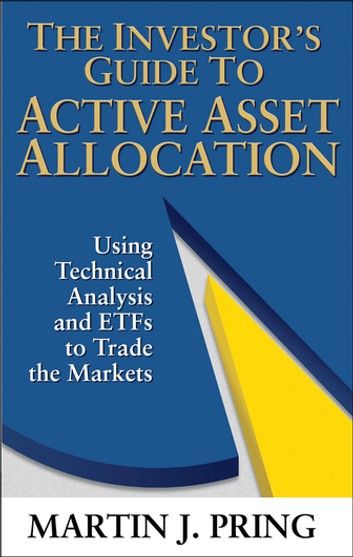| FindBook |
有 1 項符合
The Investor's Guide to Active Asset Allocation的圖書 |
 |
The Investor's Guide to Active Asset Allocation 作者:Martin Pring 出版社:McGraw-Hill Education 出版日期:2010-06-15 |
| 圖書館借閱 |
| 國家圖書館 | 全國圖書書目資訊網 | 國立公共資訊圖書館 | 電子書服務平台 | MetaCat 跨館整合查詢 |
| 臺北市立圖書館 | 新北市立圖書館 | 基隆市公共圖書館 | 桃園市立圖書館 | 新竹縣公共圖書館 |
| 苗栗縣立圖書館 | 臺中市立圖書館 | 彰化縣公共圖書館 | 南投縣文化局 | 雲林縣公共圖書館 |
| 嘉義縣圖書館 | 臺南市立圖書館 | 高雄市立圖書館 | 屏東縣公共圖書館 | 宜蘭縣公共圖書館 |
| 花蓮縣文化局 | 臺東縣文化處 |
|
|
The Investor's Guide to Active Asset Allocation offers you the background and analytical tools required to take full advantage of the opportunities found in asset allocation, sector rotation, ETFs, and the business cycle.
Written by renowned technical analyst and best-selling author Martin Pring, the book presents Pring's unique Six Business Cycle Stages, explaining why certain asset categories perform better or worse during different phases of the business cycle, and demonstrating how to use intermarket tools and technical analysis to recognize what business cycle stage the market is in.
Pring shows you how to apply active asset allocation, rotating among sectors and major markets (stocks, bonds, and futures) as the business cycle stage changes, to develop optimum allocation strategies. He focuses on exchange traded funds (ETFs) as the best vehicle for asset allocation rotation, since they are easily traded and have much more flexibility than mutual funds. He also offers specific guidelines for what sectors to be in, depending on the business cycle stage.
The Investor's Guide to Active Asset Allocation provides you with proven investing expertise on:
Basic Principles of Money Management
How the Business Cycle Drives the Prices of Bonds, Stocks, and Commodities
The Pring Six Business Cycle Stages
Technical Tools that Help to Identify Trend Reversals
Putting Things into a Long-Term Perspective
Recognizing Stages Using Easy-to-Follow Indicators as well as Models
How the Ten Market Sectors Fit into the Rotation Process
How Individual Sectors and Groups Performed in Each of the Six Stages
Asset Allocation for Specific Stages
This dynamic investing resource also gives you access to downloadable content, which contains supplementary information that will help you execute the strategies described in the book. You'll find links to useful websites that contain a wide-ranging library of ETFs, database sources, historical data files in Excel format, and a collection of historical multi-colored PowerPoint charts.
An essential tool for improving your analytical skills, The Investor's Guide to Active Asset Allocation shows you how to move from a passive to an active allocation model and explains the link between business cycle and stock market cycle for more effective - and profitable - trading and investing.
|











